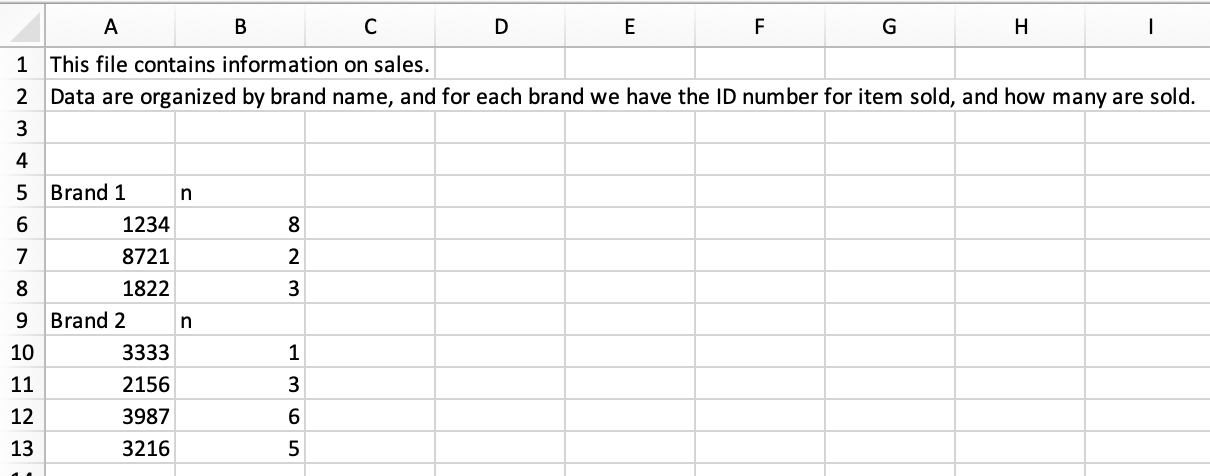Data Import - Solutions
Packages
We will use the following two packages in this application exercise.
- tidyverse: For data import, wrangling, and visualization.
- readxl: For importing data from Excel.
Data creation
Nobel winners
A Nobel laureate is a person or organization that receives a Nobel Prize. The term “laureate” comes from the laurel wreaths that were given to victors in ancient Greece. We are going to load in and work with a Nobel laureate data set.
-
Demo: Load the data from the
datafolder and assign it tonobel. Confirm that this new object appears in your Environment tab. Take a look at some of the variables in this data set. Specifically, we will be working withcategoryvariable. This variable defines the category of price.
nobel <- read_csv("data/nobel.csv")-
Your turn Split the data into two different data sets: nobel laureates in STEM fields (
categoryshould be Physics, Medicine, Chemistry, or Economics) and nobel laureates in non-STEM fields. Name these two new objects nobel_stem and nobel_nonstem.
Export these data
Pull up the help file for the function write_csv().
In short, we can do a TON! Typically, we do everything we already need to our data, and then export it. Let’s export the R objects as .csv files. Specifically, let’s put them in our respective data folders.
Sales
Sales data are stored in an Excel file that looks like the following:

-
Demo: Read in the Excel file called
sales.xlsxfrom thedata/folder such that it looks like the following. Call it sales.

sales <- read_excel("data/sales.xlsx",
skip = 3,
col_names = c("id" , "n"))